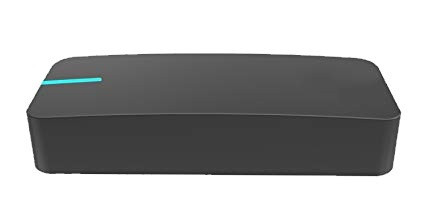Testing the acceleration of motorcycles for precise and replicable results demands a combination of skill, experience, and a comprehensive understanding of basic physics in relation to both the motorcycle and the surrounding environmental conditions.
Numerous considerations come into play.
Initially, testers must acquaint themselves with the motorcycle, becoming familiar with its unique characteristics. This includes understanding nuances such as clutch feel, power delivery, fueling, the seating position, among other factors.
Motostatz testers boast extensive experience in riding motorcycles across diverse terrains—be it on the road, track, or drag strip. While not professional drag racers, our confidence lies in the assurance that the performance figures derived from our tests closely approximate optimal real-world conditions.
Nonetheless, the array of influencing factors is extensive, and perfection is seldom achievable. Variables such as rider weight, and more notably, the size of the rider, play integral roles in shaping acceleration times. Larger riders, facing increased air resistance, navigate through the air differently than their smaller counterparts.
Environmental conditions further tip the scales in the evaluation of any motorcycle we test. Ambient temperature, humidity, and atmospheric conditions, including air pressure variations at different altitudes, collectively mold the motorcycle’s aerodynamic efficiency and engine power output. Consequently, these factors unequivocally determine the numbers that are achieved once all is done and dusted.
Dragy
For our test, we use Dragy—a GPS device renowned for its precision up to 1/100th of a second. Each motorcycle undergoes a rigorous flogging, involving a minimum of 20-30 acceleration runs. (where possible) We meticulously record the best times in 10 mph increments, leveraging this data for our final article.
While we acknowledge the inability to control every variable during testing, we strive to execute tests on days with favorable conditions—low humidity, and minimal wind (below 5 mph)—to optimize the reliability and relevance of our findings.
Some motorcycles we test are new and some are pre-owned and may come in varying conditions and also might not be stock. These factors can affect the final acceleration results either to the positive or negative.
Either way, we are confident that our acceleration tests can provide you with a reliable and accurate resource for motorcycle acceleration times.




